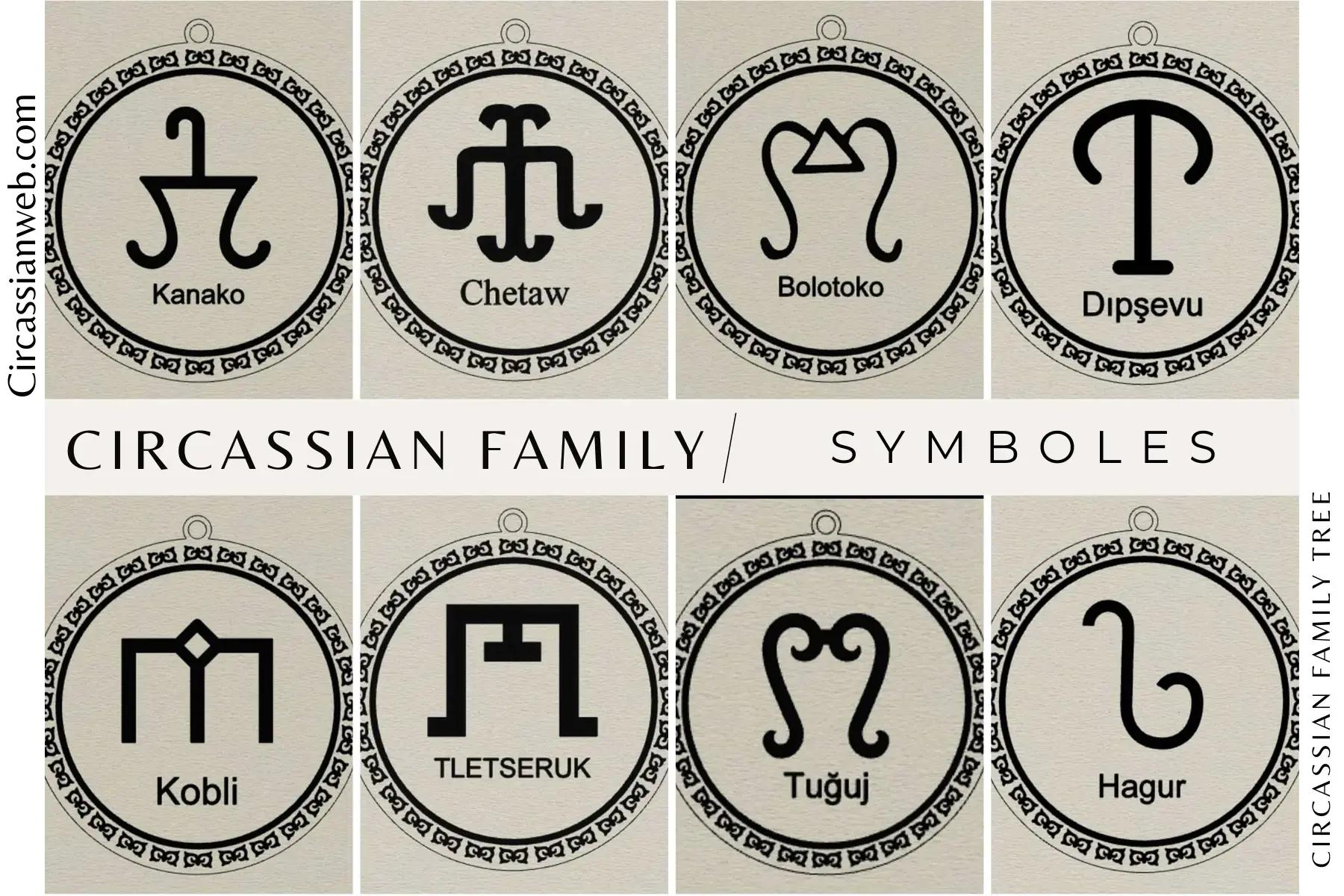Dance of the Black Sea Circassians by Kabardinka
The choreography performed by the Ensemble of Kabardinka is a collection of various Circassian dance figures and influenced by the Western Adyghe tribes Ubykh, Natukhay and Shapsug who once used to populate the Black Sea coasts of the Northwest Caucasus for thousands of years with their Abkhazian cousins before they were completely exiled from the region by Russian Empire in 1864. They lost more than three quarters of their populations during the Circassian Exile. The aggression and the later actions against the native people of the region by Russian Empire are considered the first modern systematic genocide by many historians and it was a role model for later genocides committed by different countries around the world although the only country officially recognizing it is Georgia. Today most of Circassians live outside of their native homelands scattering around the world. As a result Ubykh language went completely extinct in 90's and other ethnic groups/languages are waiting for the same fate.
There are many ancient elements during the performance reflecting some of the very old rituals of Circassians. The Circassian Circle is an important symbol and its origin goes back to the old Pagan culture. There were relics or sometimes a tree representing the Deities in the center of the circle in earlier times. Circassians would dance around the relics singing songs and hymns specific to the ritual's theme like funeral, wedding, harvesting, holy days, etc. The dancing area was accepted as a holy place and no one could enter without permission. The Hatiyago/Ceguako (the solo dancer who has a ritualistic stick) is portrayed as one of its earliest forms and has complete control over the ceremony like an ancient priest. Every dancer/member of the community should obey the Hatiyago's directives to take place the ceremony properly.
Nowadays this character has significantly changed from its origins mostly because of Islamic influences, although is still an important part of Circassian weddings. Today they generally act as a supervisor/organizer in the weddings, but in ancient times their missions were much more than that. They supervised important ceremonies like weddings as it's today but also they had a vital mission to represent and carry anything related to Circassian society, like traditions, music, songs, mythology and history to the next generations. They were the living memories of Circassians who had only oral lore.
All rights belong to Kabardinka.
















![[MIRRORED] LISA - ROCKSTAR dance cover 🤘❤️🔥 (based on the MV) #LISA #ROCKSTAR #kpop #shorts](https://i.ytimg.com/vi/Ibk65UNirK0/maxresdefault.jpg)





